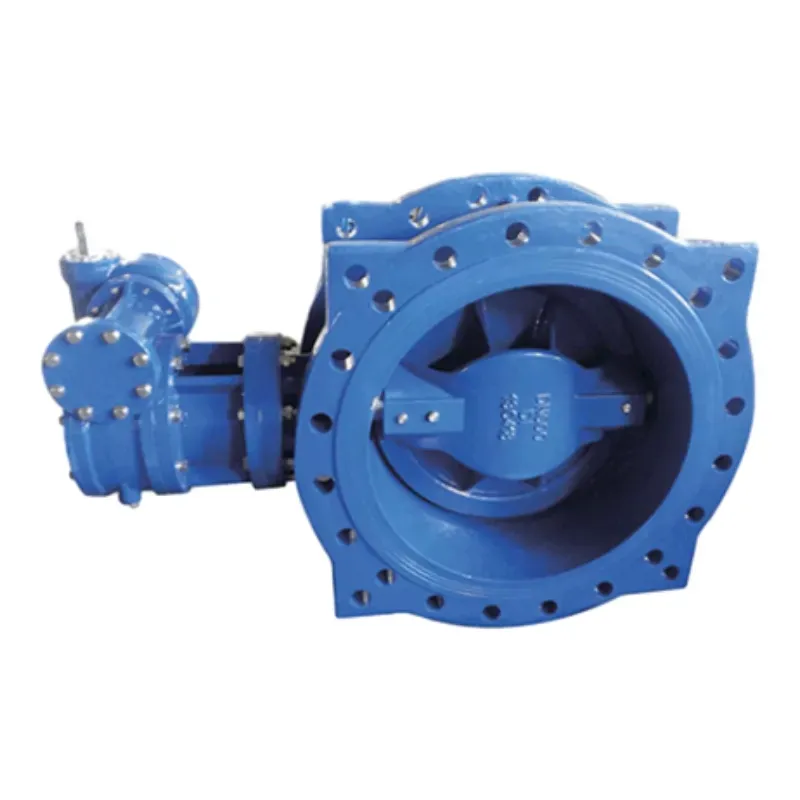Dec . 23, 2024 23:41 Back to list
Understanding the Function and Applications of Industrial Check Valves in Various Industries
Understanding Industrial Check Valves The Unsung Heroes of Flow Control
In the world of fluid dynamics, check valves play a crucial role, yet they often go unnoticed. Among the various types of check valves, industrial check valves are particularly significant in ensuring the safe and efficient operation of many systems across diverse industries. This article aims to shed light on what industrial check valves are, how they function, and their importance in various applications.
What is an Industrial Check Valve?
An industrial check valve, often referred to as a non-return valve, is designed to allow fluid (liquid or gas) to flow in one direction only, preventing backflow. This one-way mechanism is vital in maintaining the efficiency and safety of pipelines and processing systems. The primary function of a check valve is to protect equipment from damage due to backflow, which can occur in a range of scenarios – from pump failures to system shutdowns.
How Do Industrial Check Valves Work?
The working principle of a check valve is straightforward yet effective. The valve typically consists of a body, a seat, and a closure element (often a disc or ball). When fluid flows in the forward direction, the pressure differential across the valve opens the closure element, allowing the fluid to pass through. In contrast, if there is a reverse flow, the pressure drops, causing the closure element to seat firmly against the valve body. This action effectively seals the valve, preventing any backflow.
Types of Industrial Check Valves
There are several types of check valves used in industrial applications, each suited to specific conditions
1. Swing Check Valves These valves feature a hinged disc that swings open and closed based on the direction of the flow. They are typically used in larger pipelines where space allows for the swing motion.
2. Lift Check Valves Lift check valves use a vertically moving disc that lifts off its seat when forward flow occurs. These are ideal for high-pressure systems.
3. Ball Check Valves A ball check valve uses a spherical ball as its closure mechanism. The ball moves up and down with fluid flow, effectively preventing backflow.
industrial check valve

4. Wafer Check Valves These compact valves are designed to fit between two flanges and are popular in applications where space is limited.
Applications of Industrial Check Valves
Industrial check valves are utilized in a wide range of industries, including
- Oil and Gas In oil and gas pipelines, check valves protect pumps and compressors from backflow, ensuring that the system operates safely under high pressures.
- Water Treatment In water treatment facilities, check valves prevent backflow in piping systems, maintaining the integrity of the process and ensuring clean water supply.
- Chemical Processing Chemical plants rely on check valves to prevent reverse pressure that could lead to dangerous chemical spills or equipment damage.
- HVAC Systems In heating, ventilation, and air conditioning (HVAC) systems, check valves help maintain proper airflow and prevent reverse flow that could disrupt system performance.
The Importance of Proper Installation and Maintenance
To ensure their efficient operation, industrial check valves require proper installation and regular maintenance. Incorrect installation can lead to valve malfunction, while general wear and tear can make them less effective over time. Therefore, routine inspection and timely replacement are critical steps in maintaining system integrity.
Conclusion
Industrial check valves may be small components within a larger system, but their importance cannot be overstated. From preventing backflow to protecting vital equipment, these unsung heroes of flow control contribute significantly to the efficiency and safety of numerous industrial operations. Understanding their function, types, and applications can help industries enhance their operations and mitigate risks associated with fluid dynamics. Investing in quality check valves and ensuring their proper maintenance is crucial for any industry relying on fluid transport and processing.
Share